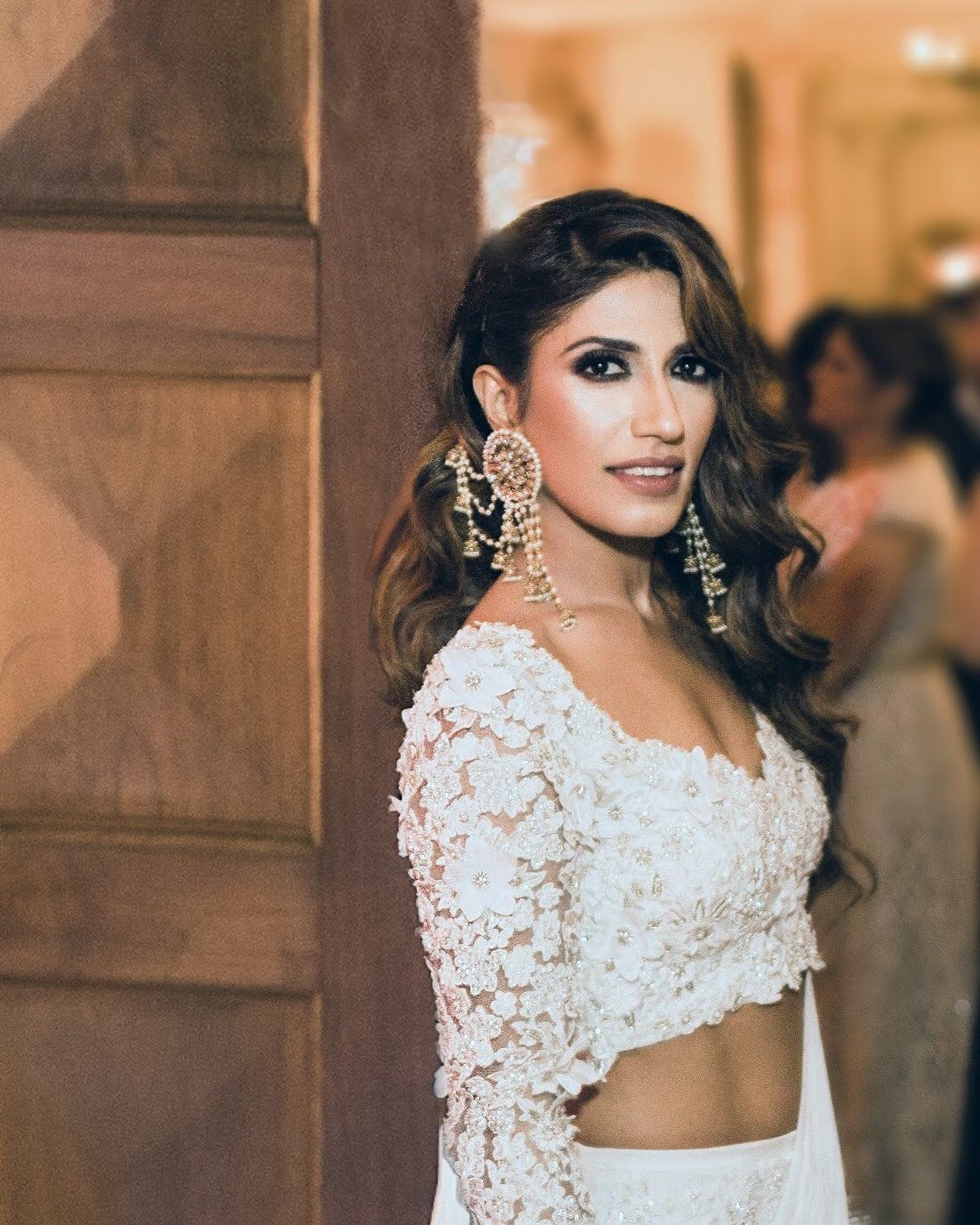A third (33%) of the seats in state legislative assemblies and the Parliament should be reserved for women, as per the Constitution 108th Women Reservation Bill, 2008. The law proposes sub-reservation for Anglo-Indians, SCs, and STs under the 33% quota. A number of state or union territory constituencies may choose to have reserved seats allocated in a rotational manner. The approved bill states that the seats allotted to women would be deleted 15 years after the start date of the amendment act.
Women Reservation Bill

Sources claim that a number of BJP MPs and ministers have received requests to bring female voters to Parliament in the coming days. JP Nadda, the president of the BJP, met with a number of them on Monday. Many influential people have called for the passage of the Women Reservation Bill, which guarantees a 33% quota in the Lok Sabha and state legislatures.
The turbulent legislative history of the Women’s Reservation Bill began 27 years ago in September 1996, when the administration of H. D. Deve Gowda introduced it in Parliament. Since then, practically every administration has tried to approve it; in fact, the UPA administration was successful in 2010 when it attempted to do so in the Rajya Sabha. Nevertheless, the effort failed due to a lack of political will and consensus.
Important Concerns and Evaluation of the Women’s Reservation Bill
- Women’s voting options are restricted due to the reservation of Parliament seats. As a result, some experts advise dual-member seats and political party reservations.
- Since women wouldn’t compete on the basis of merit, opponents claim it would extend women’s discrimination. They claim that this strategy diverts attention from issues with election reform, such as the criminalization of politics and intra-party democracy.
- Reservation regulations are disputed. Advocates argue that affirmative action is necessary to support women. According to a recent panchayat study, reservations distribute resources and empower women.
- Since a member of parliament may not be re-elected, rotating reserved seats every election may make them less motivated to represent their community.
- The 1996 Women’s Reservation Bill report supported OBC women’s reservation when the Constitution was changed to allow for the OBC quota. Additionally, the Rajya Sabha and Legislative Councils were recommended for reservation. Neither of the suggestions is included in the Bill.
Why is passing the Bill so difficult?
One of the primary barriers to the Rajya Sabha Women’s Reservation Bill’s passage is the existing election system, which uses the single transferable vote technique. This technique gives votes to candidates who are more likely to win, making it challenging to reserve seats for particular groups.
Currently, the Rajya Sabha does not have any reservations for SCs and STs, and any attempt to add them would require amending the constitution’s voting procedures.
Way Ahead
India has a big proportion of female population, which is a big potential pool that might help the country grow if it is opened up.
The majority of people will have a say in how their lives are conducted when women are included, which will spark democracy.
Importance of Women Reservation Bill
Women have historically suffered from prejudice and social constraints.
Caste groups: Any plan pertaining to women’s reservation needs to take into account the diversity of castes and conform to constitutional norms.
Gender quota: In the absence of a gender quota, women’s representation would continue to be small, seriously weakening our democracy.
Panchayats: New studies on panchayats have demonstrated the positive effects of reservations on resource distribution and women’s empowerment.
Vote share: Although the proportion of women voting has increased, there are still insufficient numbers of women in positions of leadership.
What is the current state of India’s women’s reservations?
Gujarat: Of the 182 members of the parliament, just 8 percent of the candidates were female.
Himachal Pradesh: Only one woman and 67 men have been elected in a state where women make up half of the voter base.
National average: There are still 8% of women serving in state legislatures around the country.
Rankings: India is placed 144th out of 193 countries in the Inter-Parliamentary Union poll regarding the representation of women in parliament.
Future Outlook
Congresswoman Sonia Gandhi has referred to the bill as “ours.” If the law is eventually passed, she told reporters, “I must say it will be a victory for the Congress Party.”
According to Ravi, there is another benefit to this dispute: “it demonstrates that everyone aspires to own an idea like the women’s reservation.” Additionally, it will indicate that “all these parties will be ready to give those tickets to women” come election time.














